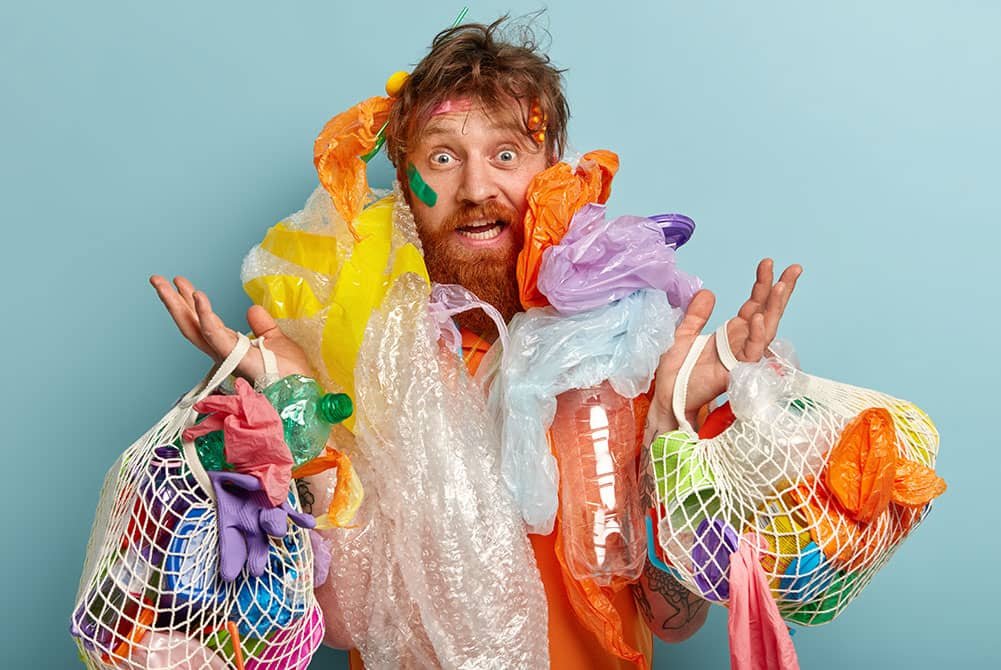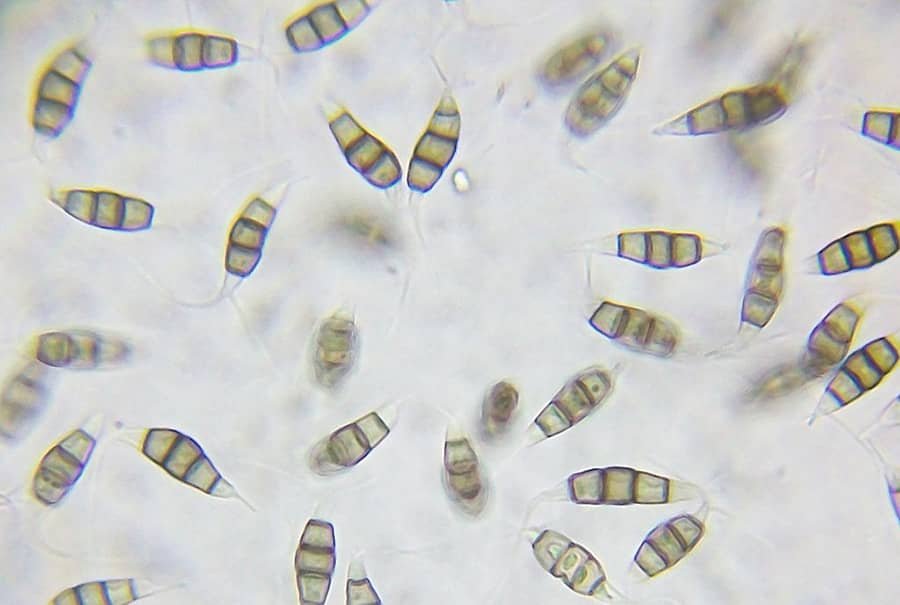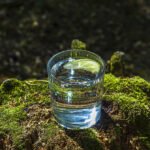
Plastic-eating fungi is an important discovery towards cleaning up our planet from plastics. Researchers for many years have been battled in finding ways to fight plastic pollution.
There are plastic islands in the ocean with over 150 million tons of plastic. According to OceanConservancy by 2050, there could be more plastic than fish in the oceans.
In 2011, a fungus in Ecuador, called Pestalotiopsis microspora was discovered by students that can break down in polyurethane plastic. Pestalotiopsis microspora was originally described from Argentina in 1880 by mycologist Carlo Luigi Spegazzini, who named it Pestalotia microspora.
The problem with plastic pollution is not going away and it is expected to rise in the next years. Americans produce over 251 million tons of trash dropped annually that ends up mostly in the landfills.
What is Plastic-Eating Fungi?
In 2011 in the Amazon rain forest, professor Scott Strobel and his team discovered a fungus that eats only polyurethane. In 2017, scientist Sehroon Khan and his research team discovered another biodegrading fungus Aspergillus tubingensis in Islamabad, Pakistan, that is able to break plastics down in weeks instead of years. That could potentially help us with the problem of non-biodegradable plastics.
Since 2017 have been discovered around 50 more species that are capable of eroding plastics such as polyester polyurethane. An estimated 2.2 million to 3.8 million species of fungi are yet to be described.
A fungus is any member of the group of eukaryotic organisms that includes microorganisms such as yeasts and molds, as well as the more familiar mushrooms.
How Plastic-Eating Fungi Can Help
The fungi Pestalotiopsis microspora, can survive on only polyurethane in an oxygen-free environment, which makes it a perfect candidate for breaking down the plastic at the bottom of landfills.
A recently another bacteria was found inside a recycling plant in Japan that can break down PET (polyethylene terephthalate).

Photo credit: MSchink/Wikipedia
Scientists found that plastic-eating mushrooms not only remove pollutants from the soil but convert waste into biofuels. Even if the mushrooms are not edible, they have other use such as a company is using mushrooms for plastic alternatives or building materials.
While these fungi won’t be the ultimate solution to the plastic pollution battle they still can help us. But it is up to us to take radical steps and start using less plastic and be better at recycling.



